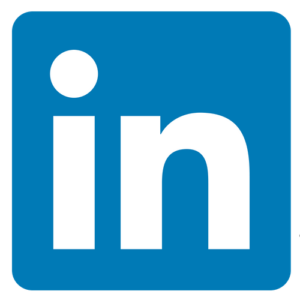As President Obama advocates for a health care system overhaul, many Americans are questioning how it will function as well as how the country will pay for it. The Wall Street Journal’s Health Blog profiled Obama’s televised town hall meeting on ABC last week to try and explain his plans in more detail.
The President assured Americans that the government will not force them to switch doctors or health insurance plans. Also, private companies will still be able to choose different plans for their employees on their own. However, critics argue that given a cheaper government option, most businesses will jump ship from private insurance companies.
Health insurance companies feel threatened by the proposal, stating that a government program would put them out of business. Obama responded to these concerns by admitting he wasn’t sure a government plan would be included in his final proposal.
Additionally, Obama explained that the funding for his health care system would either come from lowering the amount that wealthy Americans can deduct on their taxes or from taxing health benefits. Regardless of how he accomplishes this, many wonder if Obama will be the first president to solve the problem of uninsured Americans.
Little is known right now about how President Obama’s healthcare reform will affect healthcare vendors like medical billing and coding companies and/or temporary nurse staffing agencies. They will have to wait patiently to see how the President’s changes will affect them.
To read the entire Wall Street Journal Blog article, click here: Separating Fact from Fiction on Health-Care Reform
To view a clip of the town hall meeting, click here: President Obama Defends Right to Choose Best Care
For a full transcript of the meeting, click here: Questions for the President: Prescription for America



